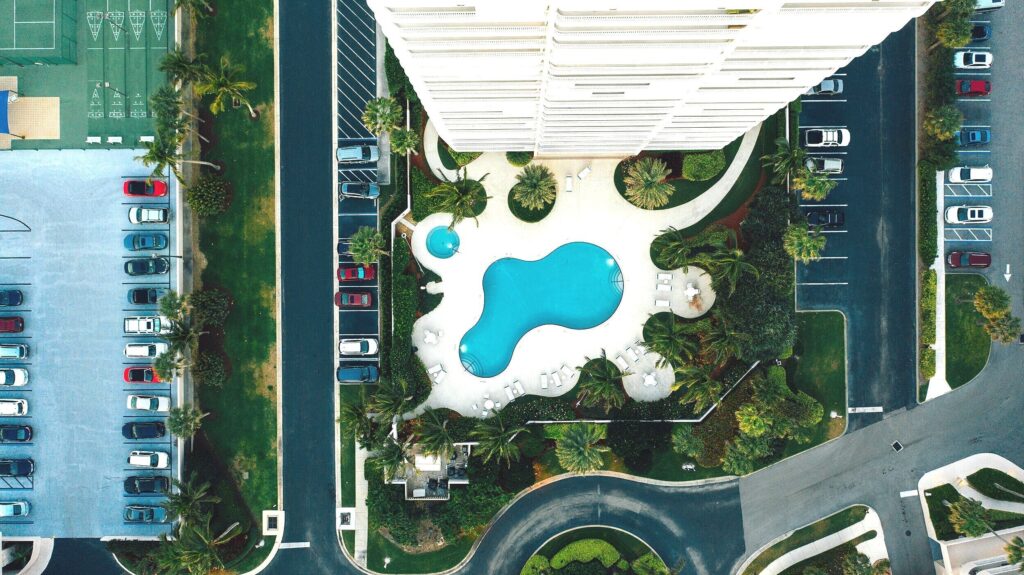The integration of Artificial Intelligence (AI) into tourist attractions is revolutionizing visitor experiences by offering interactive and connected features that enhance engagement and streamline operations. Here are some key technologies and applications that are shaping smart tourist attractions.
Interactive Guides
Interactive guides powered by AI provide personalized experiences for visitors. These guides can adapt to individual preferences, offering tailored recommendations for attractions, dining, and activities based on user behavior and interests. For example, the SmartGuide app uses AI to analyze user interactions, refining its suggestions over time to create a more customized travel experience[3].
Augmented and Virtual Reality
Augmented Reality (AR) and Virtual Reality (VR) technologies are being utilized to create immersive experiences at historical sites and museums. These technologies allow visitors to engage with digital content superimposed on real-world environments. A notable example is a Barcelona-based AR pilot program that enhanced tour bus experiences by projecting digital information onto landmarks, providing an interactive and educational journey[2].
Connected Attraction Systems
Connected attraction systems leverage the Internet of Things (IoT) to gather data and improve operational efficiency. These systems can monitor visitor flow, manage energy consumption, and enhance safety protocols. For instance, smart ticketing solutions enable contactless entry, reducing queues and enhancing the overall visitor experience[5].
AI-Powered Customer Service
AI chatbots are increasingly used in customer service roles within tourist attractions, providing 24/7 support for inquiries related to bookings, directions, and local information. This technology not only improves response times but also allows human staff to focus on more complex visitor needs. Additionally, AI can analyze customer feedback to optimize services and address issues proactively[3][4].
Personalized Recommendations and Itinerary Planning
AI algorithms analyze tourist preferences and behaviors to offer personalized activity recommendations, contributing to a more enjoyable and efficient travel experience. Advanced itinerary planners can consider various factors such as location, weather, and personal interests to suggest optimal travel routes and activities, ensuring that visitors make the most of their time[3][5].
Conclusion
The adoption of AI and smart technologies in tourist attractions is transforming the way visitors interact with their environments. By enhancing personalization, improving operational efficiency, and creating immersive experiences, these innovations not only elevate visitor satisfaction but also promote sustainable tourism practices. As the industry continues to evolve, embracing these technologies will be crucial for attracting and retaining the modern traveler.
Further Reading
1. New Smart Map for Tourism using Artificial Intelligence | IEEE Conference Publication | IEEE Xplore
2. 9 smart tech solutions that will convert connected tourists into customers
3. AI in destination management – 5 examples of practical AI applications
4. The Role of AI and Web 3.0 in Creating Smart Destinations
5. Smart Tourism: Tech-Driven Travel Experiences in Middle Eastern Destinations – Tech CEOs Magazine


